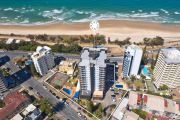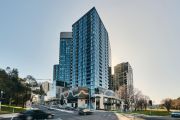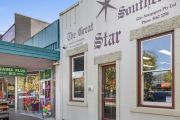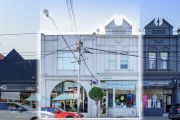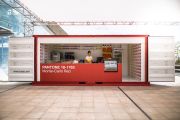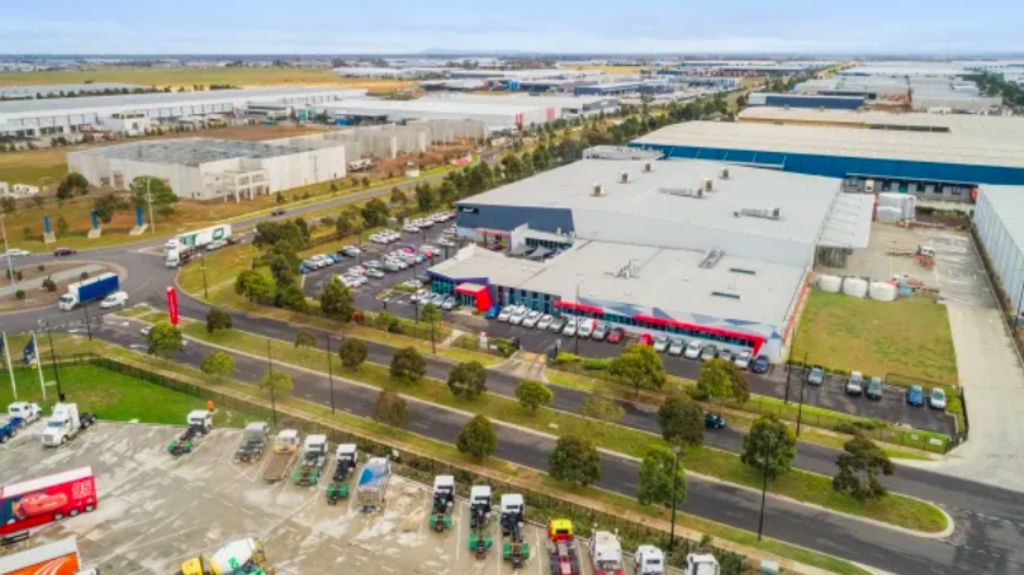
Sydney industrial vacancy falls 13 per cent, as Melbourne rises
Vacant industrial space fell 13 per cent in Sydney in the first three months of 2019 driven by demand from the logistics and retail sectors, according to the latest analysis by commercial agents Knight Frank.
The steep fall in Sydney to less than 355,000 square metres of vacant warehouse space was in sharp contrast to Melbourne, where a wave of speculative development in the west lifted the overall vacancy rate by 8 per cent to almost 700,000 square metres of empty warehouses.
Knight Frank head of industrial, Gab Pascuzzi said that prior to this quarter the Melbourne vacancy rate had been declining over the past year.
“Low vacancy and rising rents have created this appetite for speculative developments,” Mr Pascuzzi said.
The west (331,000 square metres) and the south east (196,000 square metres) accounted for the bulk of vacant space in Melbourne with less then 8000square metres vacant on the city fringe.
In Sydney, the south west (55,000square metres) and South Sydney (7000 square metres) – earmarked as a likely first Australian location for Asian-style, multi-storey warehouses – recorded their tightest vacancy levels on record, according to the Knight Frank figures.
Knight Frank senior analyst Marco Mascitelli said the total take-up of 130,311square metres of vacancy space in the March quarter in Sydney was the strongest result in a year and a significant increase from the previous quarter, which saw only 54,532 square metres leased.
“The strong take-up trends continue to buoy developers confidence and appetite for speculative projects,” Mr Mascitelli said.
In Melbourne, the rise in vacant warehouse space may raise concerns among some local developers and landowners, given the sharp rise in land prices in the past 18 months.
Some market observers argue Melbourne rents will need to rise steeply to make future developments stack up on a return basis.
However, a higher vacancy rate could take the pressure off future rent increases.
Among the recent land deals, funds management giant ISPT paid $60 million in February for a large site in Melbourne’s south west.
Industry insiders said the deal for the 30-hectare site on Horsburgh Drive in Altona North represented about a 100 per cent increase on what the property would have sold for 18 months ago.
Mr Pascuzzi though was bullish on the outlook for the Melbourne industrial market, where rents are still significantly cheaper then Sydney at an average of $87 per square metre versus $118 north of the border.
He said the 95,000square metres of speculative development estimated to hit the market by the second half of 2019 was anticipated to be well received.
“There is also 200,000 square metres of pre-lease inquiries in the west currently in the market being heavily contested and looking likely to being completed in the second half of 2019,” he added.
Mr Pascuzzi said much of the rise in vacancy was also caused by secondary vacant space increasing by 20 per cent this quarter as tenants migrated from older warehouses to newly built, strategically located buildings. This was particularly the case in the south east and the west.

